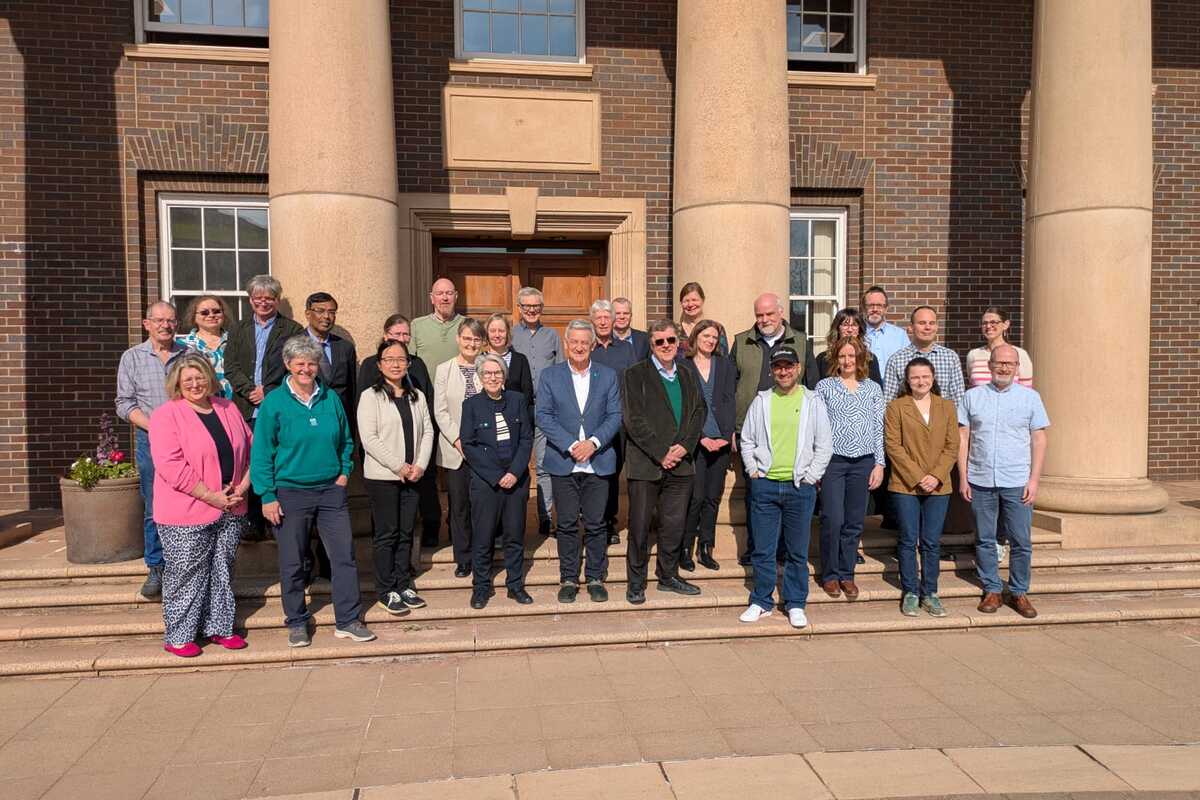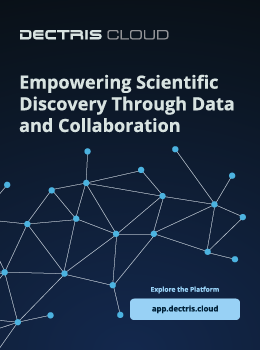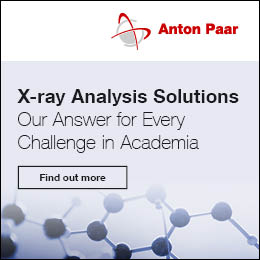
Letter from the President
President's Letter – Spring 2025

Journals Management Board, March 2025
The year 2025 awoke with the double shock of the death of two of our most outstanding colleagues, Sine Larsen and George Sheldrick, both of whom shone and will continue to shine in the universe of crystallography.
Both represent the spectacular advance of science and technology thanks to structural science in the second half of the 20th century. As scientific director of ESRF, Sine Larsen, who left us on 2nd January, represented very well the influence that large synchrotron and neutron facilities have had on structural science. While George Sheldrick was able to evolve his crystallographic system SHELX to provide methodologies and software tools for solving the structure of small molecules and macromolecules, and thus contributed to the development of structural biology. Both had the recognition of the IUCr. Sine, IUCr president in the period 2008-2011, was awarded the ECA Max Perutz Prize in 2018 and George was awarded the Ewald Prize in 2011.
Both were eminent scientists and exceptional human beings, and we can all recount the experiences we have shared with both in the context of the IUCr. We owe them a lot and we miss them already. They have been an example to follow for many of us and will continue to be for several generations of structural scientists.
The Chester team is consolidating its renewal, with Carol Cook's retirement and the incorporation of Harriet Jackson. With the editorial leadership of Louise Jones and Kruna Vukmirovic, and marketing with Kezia Bowman, we have completed the configuration of a team that will give stability to our Chester office for years to come. There is also every indication that our resources will soon recover to pre-pandemic levels.
The third General Assembly of the International Science Council (ISC) attended by Graciela Diaz, produced some interesting discussions on topics of interest to our Union. In particular, Graciela participated in the discussion on 'Transforming science: open science, researcher assessment, science publishing'. The unions produced resolutions on the Ethical Responsibilities of Science in the Context of War and Conflict and one particularly interesting resolution on the free movement of scientists, with a direct appeal to Immigration Officers.
In the year leading up to the Congress in 2026, progress is being made, both in the organisation of our General Assembly and Congress and in the analysis of the situation with our publications and finances. The latter depending to a large extent on the smooth running of our journals, books and International Tables. We need to strive to introduce innovations into our editorial activity in an agile way. This has to go hand in hand with the collaboration between experience and youth, which we are introducing with Early Career Boards and new strategies to expand the community of structural scientists attracted to our journals.
The programme of our next triennial Congress is being organised by the International Programme Committee (IPC), made up of representatives of the Scientific Commissions, coordinated by competent and efficient chairs. The number of proposals for Microsymposia, Keynote and Plenary presentations is very high and will undoubtedly converge in an excellent and attractive programme. The Executive Committee has proposed four cross-cutting Microsymposia that will allow us to discuss key aspects of the future of our Union, the future of our Journals, the impact of our Commissions on global science and the future of the community of structural scientists.
In March, the annual meeting of the Journals Management Board noted the recovery of our publications towards 2019 levels, and included a lecture by Kate McKellar (Wiley). Although we missed Peter Strickland, the organization of the new technical officers, Kruna Vukmirovic, Head of Publishing Strategy, and Louise Jones, Head of Publishing Operations, was impeccable. As well as updates on each of the journals, the implementation of the Early Career Boards and the introduction of more streamlined procedures for publishing special issues were discussed.
Following the journals meeting, the Finance Committee met in Lund at the LINKS premises at the invitation of the General Secretary and Treasurer, Trevor Forsyth. Time was spent examining the recovery of our finances, making decisions on the future of our investments, the Meetings Support Committee and Outreach Committee funds, and reviewing the status of our publications and the triennial Congress, which are our main sources of funds. The Finance Committee will meet again in August in Poznan to coincide with ECM25.
As usual, I end this letter with deep gratitude to all those who form and make our organisation work: the Regional Associates, the IUCr Commissions and Committees, Editors, Co-editors, referees and authors of our journals, our Chester staff and all individual structural scientists, women and men.
Thanks to IUCr Newsletter Editor Mike Glazer, and his team, and thanks to all contributors for making possible, as with every issue, a new issue that continues to be the reference communication for our community.
Thank you all for helping to keep the momentum of the IUCr going, wherever you are in the world.
Copyright © - All Rights Reserved - International Union of Crystallography







